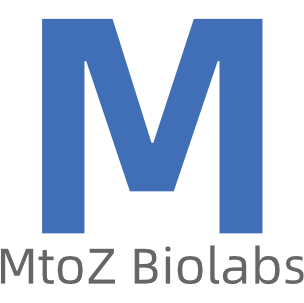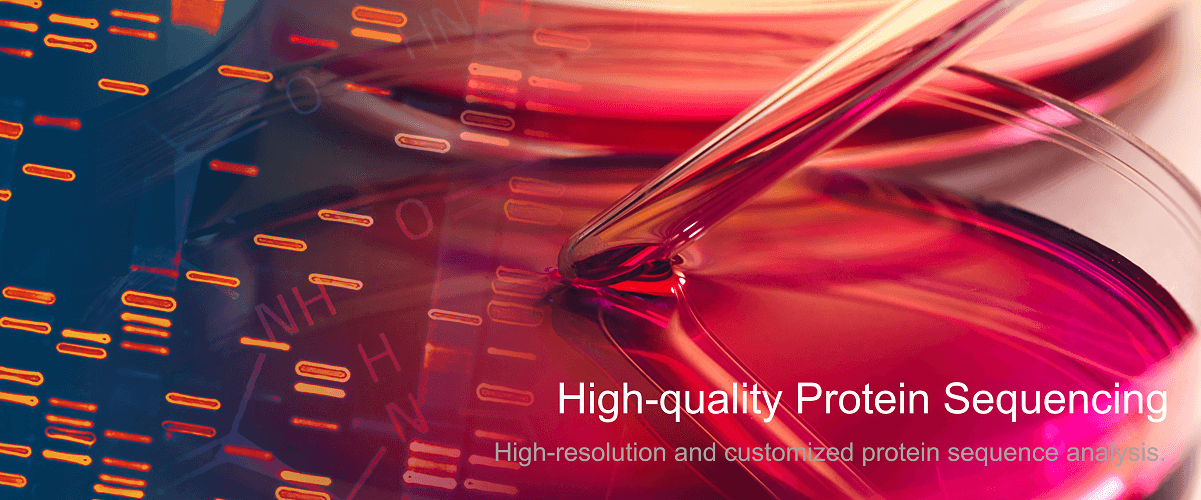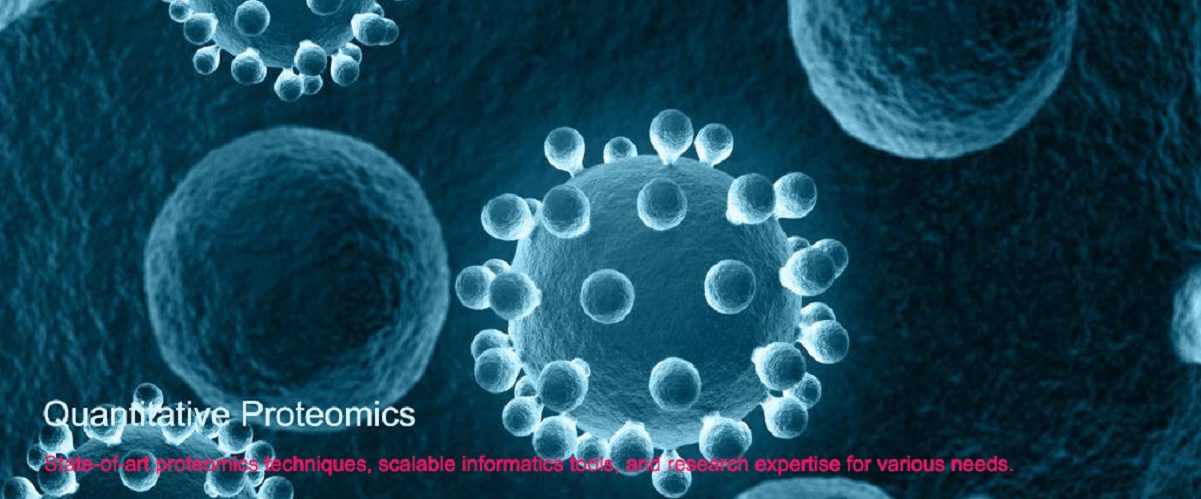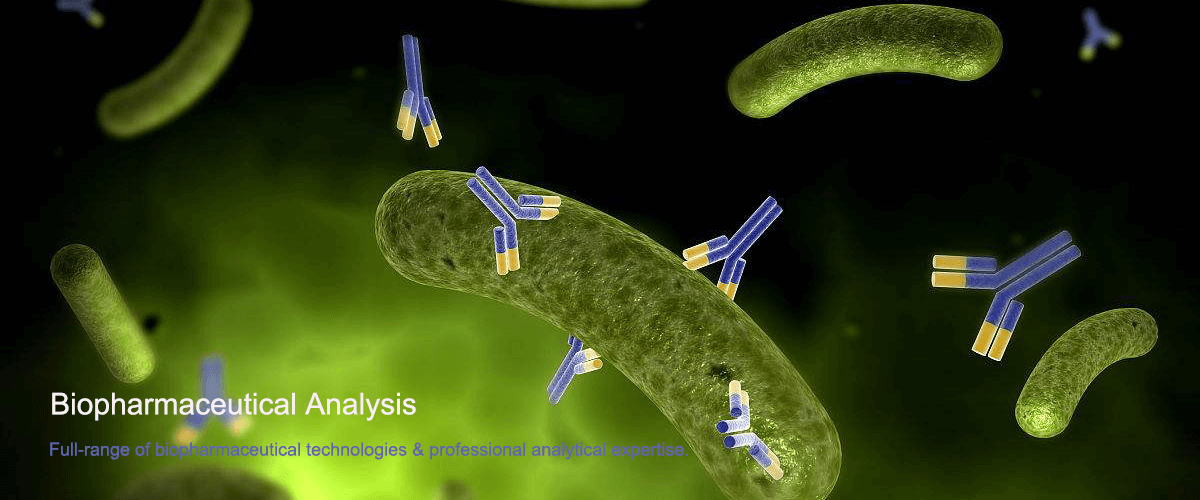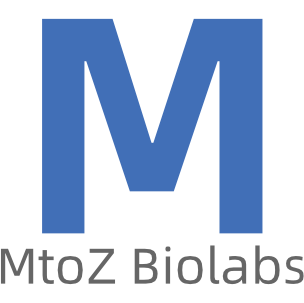Classification of Circular Dichroism Spectra
Circular Dichroism (CD) spectroscopy is a crucial analytical method for investigating molecular structures, particularly the secondary structures of biological macromolecules such as proteins and nucleic acids. CD provides insights into the optical activity of chiral molecules across various wavelengths, making it a valuable tool in life sciences and drug development. This paper examines the classification of CD techniques and their applications in biological sciences.
Fundamental Principles of Circular Dichroism
CD is predicated on the differential absorption of left- and right-handed circularly polarized light by chiral molecules. When exposed to circularly polarized light, molecules with chiral centers exhibit distinct absorption characteristics, allowing researchers to infer structural information. CD spectra are typically captured in the ultraviolet (170-250 nm) or near-ultraviolet (250-300 nm) regions to elucidate secondary structural features of proteins, nucleic acids, and other biopolymers.
Classification of Circular Dichroism
CD techniques are categorized based on the wavelength range and application scope as follows:
1. Far-UV Circular Dichroism
Far-UV CD, covering the 170-250 nm range, is employed primarily to analyze protein secondary structures. The protein backbone exhibits significant absorption in this region, enabling the identification of structural motifs such as α-helices, β-sheets, and random coils. For instance, α-helices display characteristic negative absorption bands at 190-195 nm and 208-222 nm, whereas β-sheets show a positive band and a negative band at 210-220 nm.
2. Near-UV Circular Dichroism
Near-UV CD examines the 250-300 nm range, focusing on protein tertiary structures and the conformational dynamics of aromatic amino acids (e.g., tryptophan, tyrosine, phenylalanine) and disulfide bonds. Analysis of these absorption features provides insights into protein folding and conformational changes, essential for understanding protein functionality and interactions.
3. UV-Visible Circular Dichroism
UV-Visible CD is applied to biomolecules with chromophores or coordinated metal ions, such as metalloproteins and pigment proteins. These molecules typically absorb above 300 nm, and CD spectra offer valuable data on molecular structures and coordination environments. For example, heme-containing proteins exhibit notable absorption in the 400-450 nm range, suitable for probing their coordination states and conformational shifts via CD spectroscopy.
4. Deep-UV Circular Dichroism
Deep-UV CD, spanning the 150-170 nm range, requires advanced measurement capabilities and offers detailed secondary structure information for proteins and nucleic acids. Although the technology for deep-UV measurements remains complex and less widespread, its high resolution and sensitivity hold promise for future research developments.
Applications of Circular Dichroism in Biological Sciences
CD spectroscopy finds extensive application in biological sciences, including:
1. Protein Secondary Structure Analysis
Far-UV CD enables rapid, accurate assessment of protein secondary structures and monitors conformational changes under varying conditions such as temperature, pH, ionic strength, and ligand binding. This understanding is pivotal for elucidating protein function and stability.
2. Drug Development
In drug development, CD assists in the screening and optimization of drug candidates, assessment of drug-target protein interactions, and the investigation of drug stability and conformational dynamics, thereby enhancing research efficacy and success rates.
3. Nucleic Acid Structure Research
CD spectroscopy aids in analyzing the secondary structures and conformational adaptations of nucleic acids, such as DNA and RNA. By evaluating CD spectra under different conditions, researchers can gain insights into structural characteristics and interaction mechanisms, critical for gene expression regulation and nucleic acid-based drug design.
CD spectroscopy, as an indispensable spectroscopic technique, plays a vital role in molecular structure research. A detailed examination of various CD types and their applications enables a deeper understanding and more effective utilization of this technology, offering essential tools and methodologies for biological research and drug development. With ongoing technological advancements, CD is poised to contribute increasingly to future biological science investigations.
MtoZ Biolabs, an integrated chromatography and mass spectrometry (MS) services provider.
Related Services
How to order?

